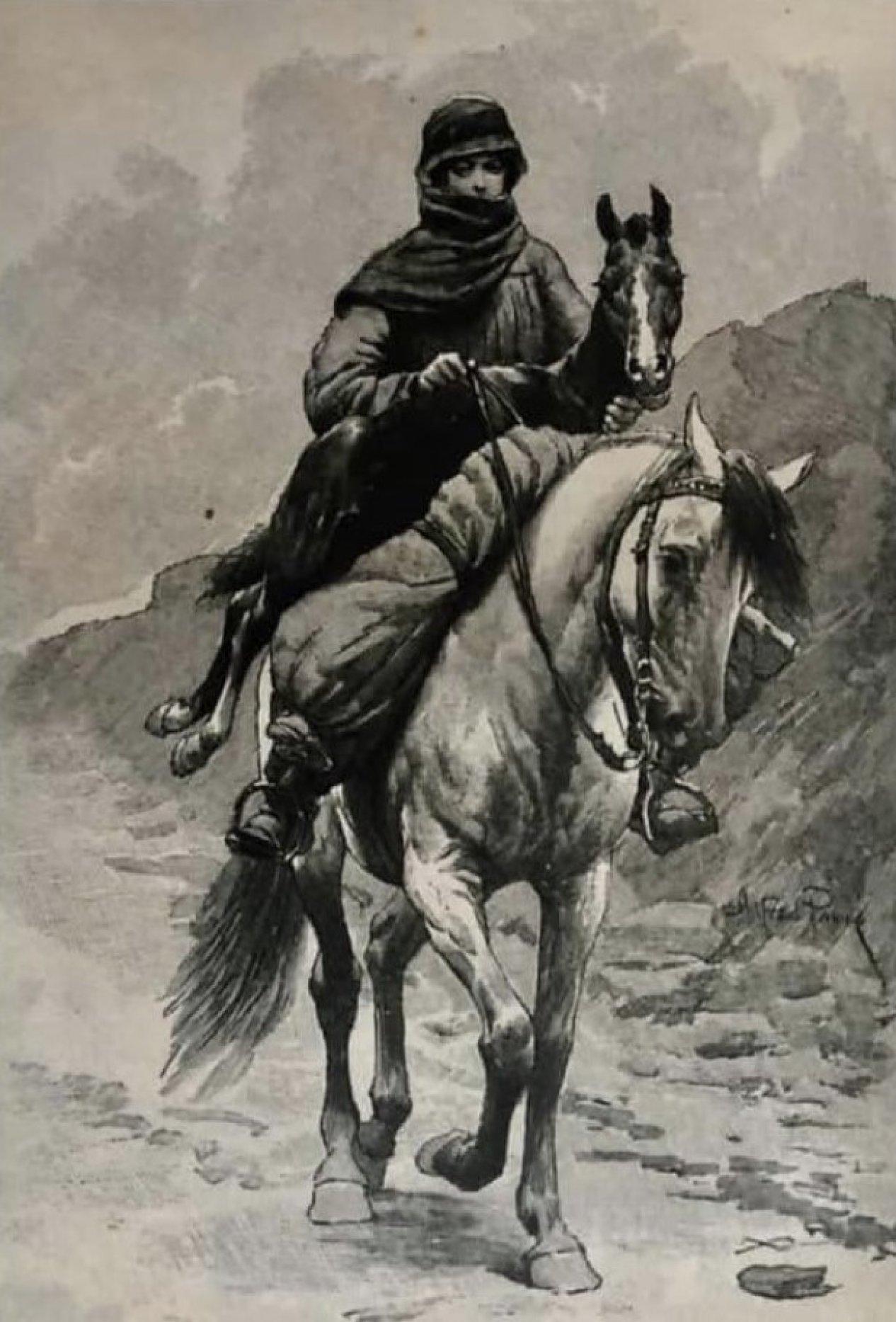
In the last few months, Armenians have been claiming that the French engraver Charles Barbant's painting "Armenian Woman from Karabakh" was published in 1890 in "Le Tour Du Monde" magazine.
Faktyoxla Lab. has tried to find this out.
A painting of a woman on horseback, carrying a foal in her arms has been leaked to social media since April.
On April 25, 2023, the first material related to the painting was written by an Armenian named Vigen Avetisyan in the article "Charles Barbant's "Armenian Woman from Artsakh". He notes in the article that at the end of the 19th century, "Armenia" was part of the Russian Empire and that important political and social events took place in Karabakh (written by the author as “Artsakh”). He suddenly switches to the French artist's painting and emphasizes that the "painting" has revived the traditional appearance of Armenian women in Karabakh before modernization and cultural changes took place in the region.
Later, the author evaluates the painting as an important work of art that sheds light on the traditional clothing and appearance and character of Armenian women in Karabakh at the end of the 19th century. According to his opinion, the painting not only demonstrates the artistic talents of Ch. Barbant, but also serves to document the cultural heritage of the Armenian people.
In that article, the author writes that he refers to the "Armenians and Armenia" page.

In order to get detailed information about this painting, we did a photo search on Google, Yandex and Bing, but we didn’t find information anywhere other than by Armenian authors.
Based on this presentation, we decided to investigate the reasons why the French artist painted an Armenian woman in Karabakh. First, we searched for all of Charles Barbant's works from the late 19th century. During the search, we found 44 works by the French engraver for the mentioned date on a website known for buying and selling works of famous artists in Europe. The artist's works include Indonesia, Siam,
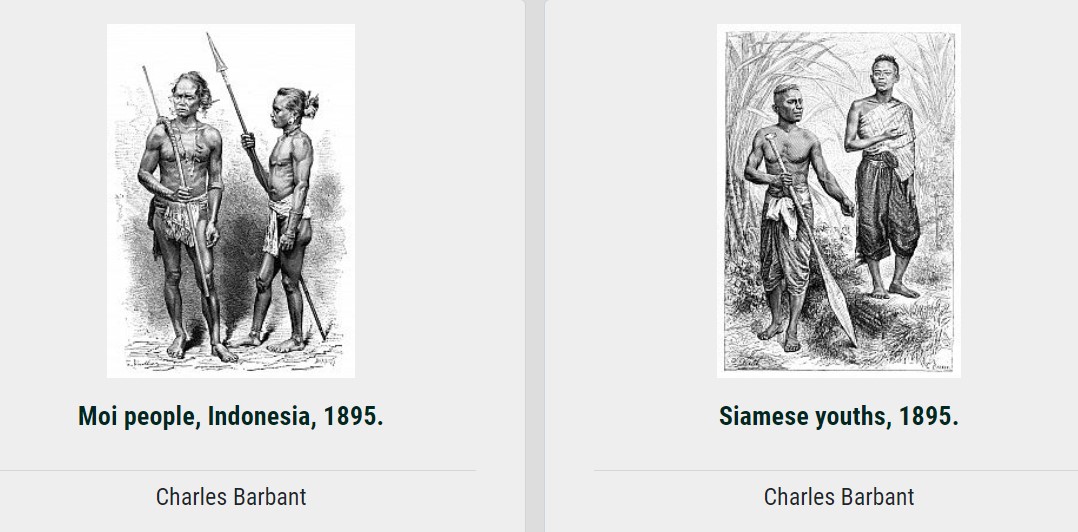
Portugal, "Kurds"

Syria, Crimea,
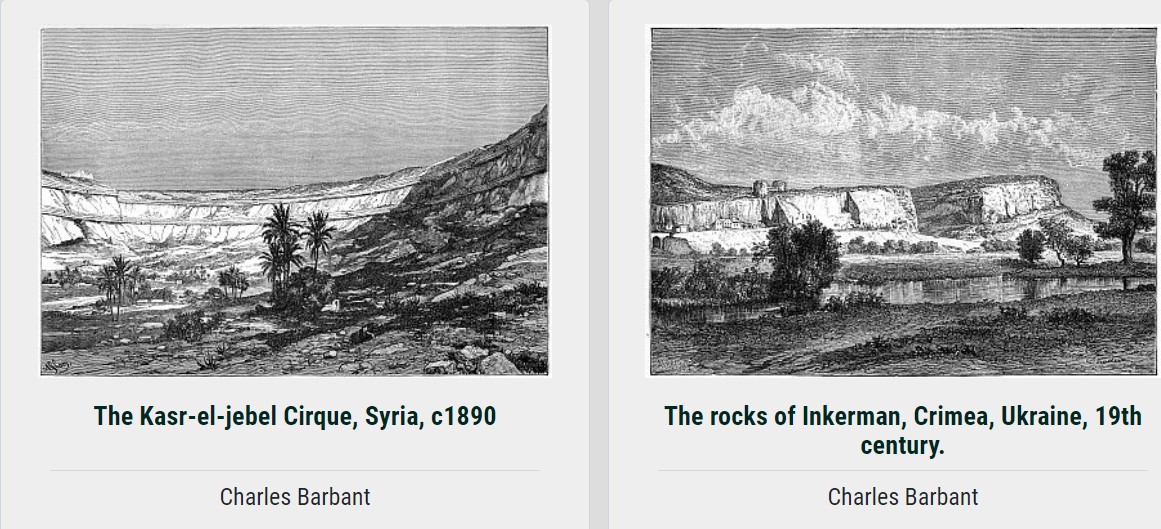
Tunis, Siberia "Angara River",
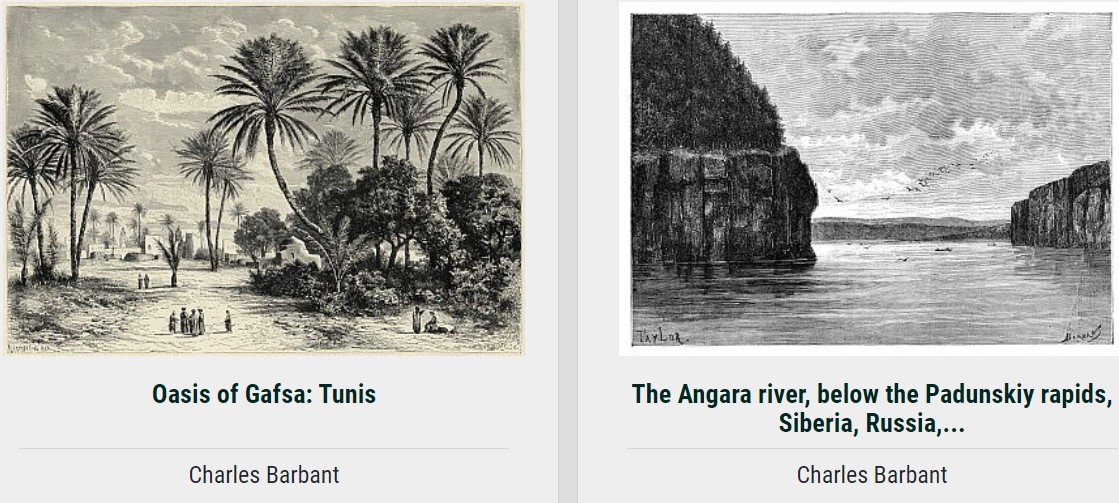
"Persian men", "The Upper Yangtze river" in China,

and there are landscapes painted about other areas. But there is not a single work about the Caucasus, not only the Armenians.
Searching for the phrase "Armenian woman" on the same site does not yield any results.
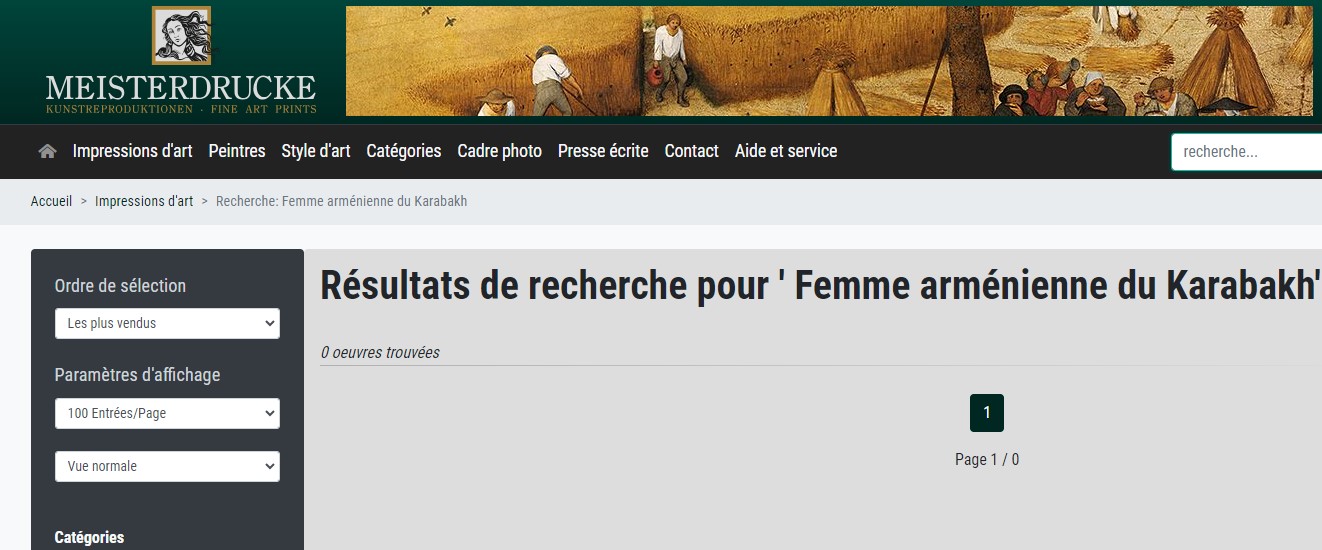
As a last search source, we look at the archives of the issues of "Le Tour Du Monde" published in 1890.
It turns out that two issues of the magazine were published in 1890.

An online archive of both issues can be found on the website of the National Library of France.
The 1st issue dated January 1, 1890 has 424 pages and there is no information about Armenians, “Armenia” and Karabakh. We saw the same picture in the 2nd issue of the year, published on July 1, 1890.
Other suspicious points that stand out in the table:
- The fact that the name of the French artist’s painting is written in English at the bottom of the painting is questionable. We do not see this in Barbant’s other paintings, all the names of the paintings are written in French.

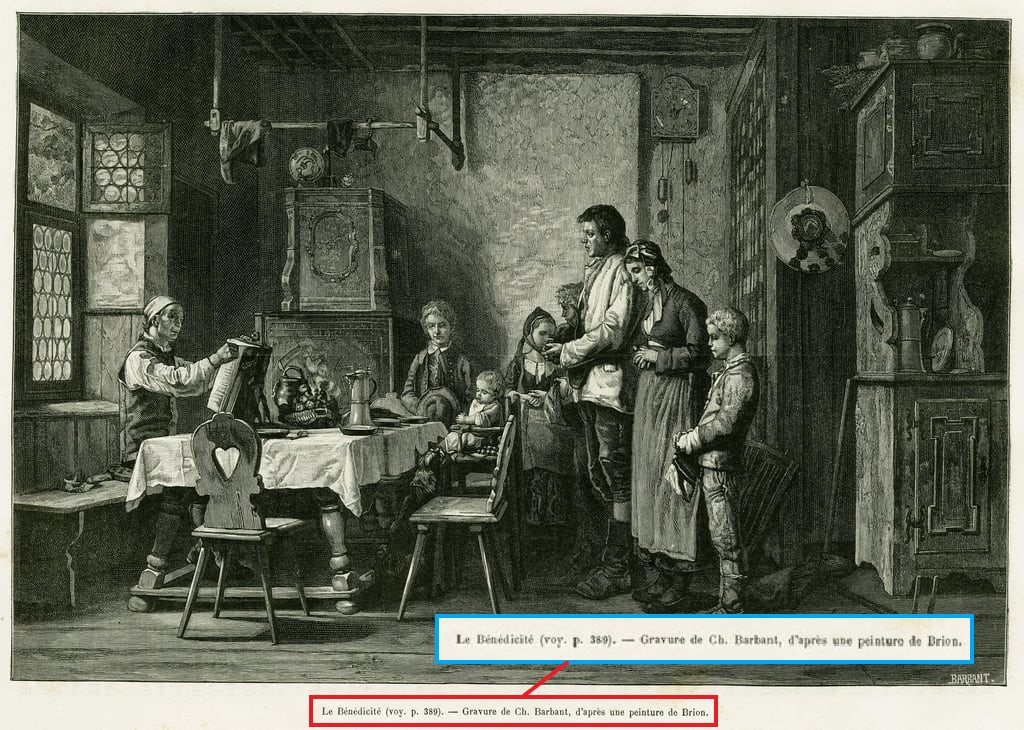
On the other hand, while “Karabakh” is written in the name part of the tableau, Armenian social network users and journalists have added a fictional name, as if pointing to the fact that Karabakh belongs to “Armenia” since then.
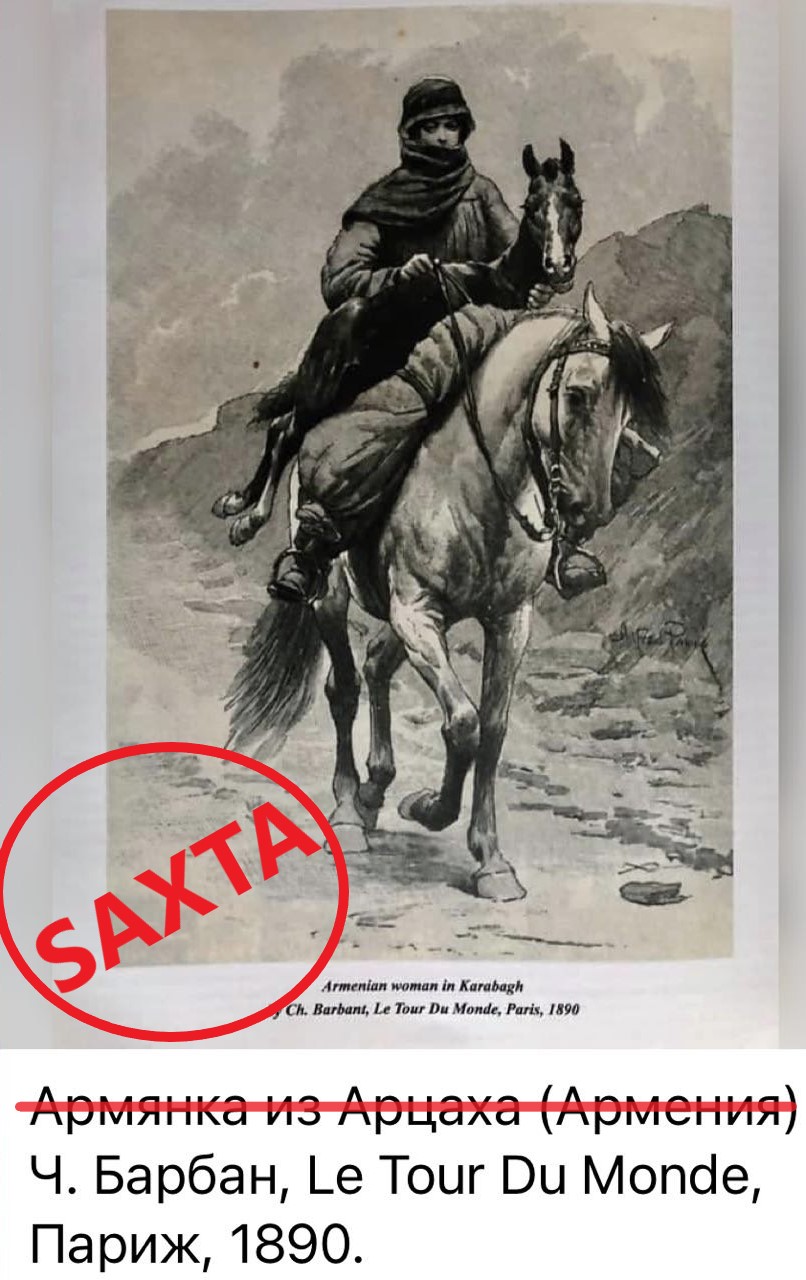
Conclusion:
- There is no work by the French artist Charles Barbant called “Armenian woman from Karabakh”;
- As claimed by the Armenians, such a tableau was not published in the issues of “Le Tour Du Monde” magazine in 1890;
- Armenian sources once again spread false information in order to create a fictitious history.




















